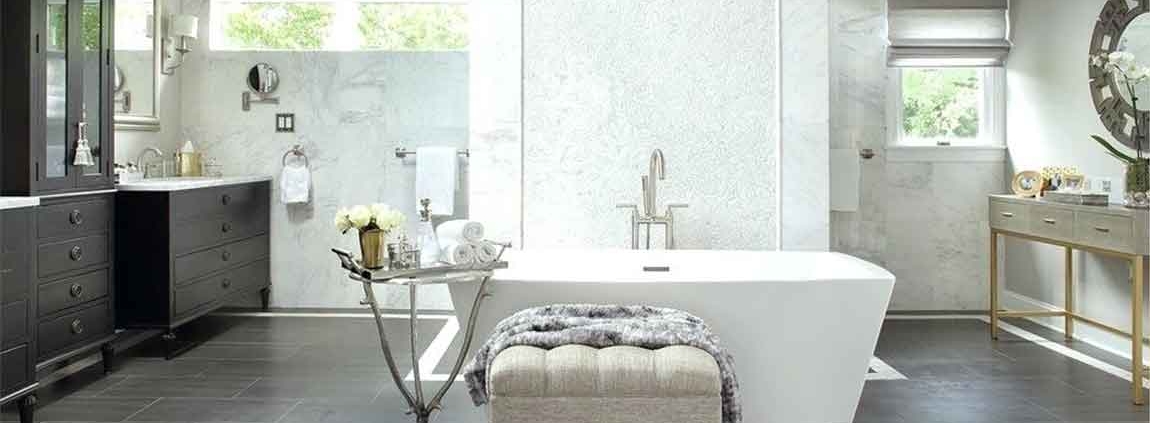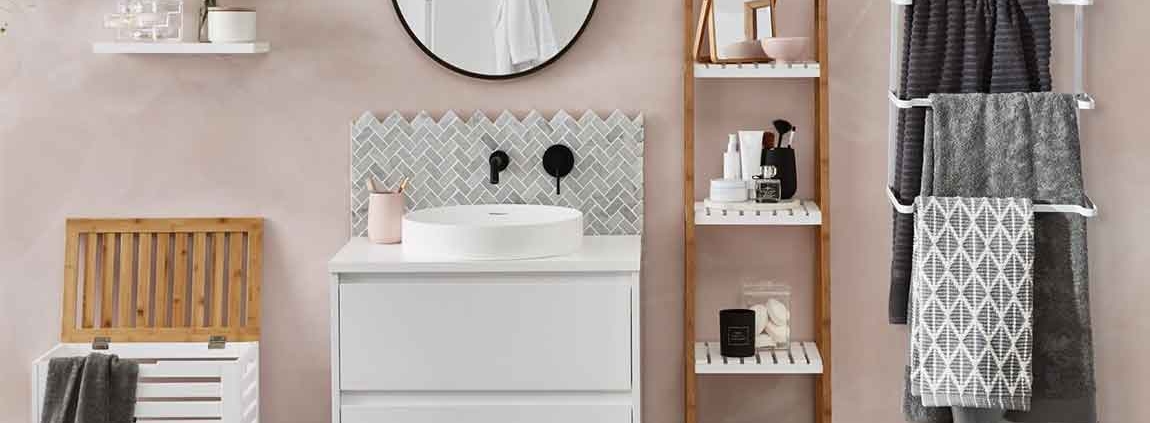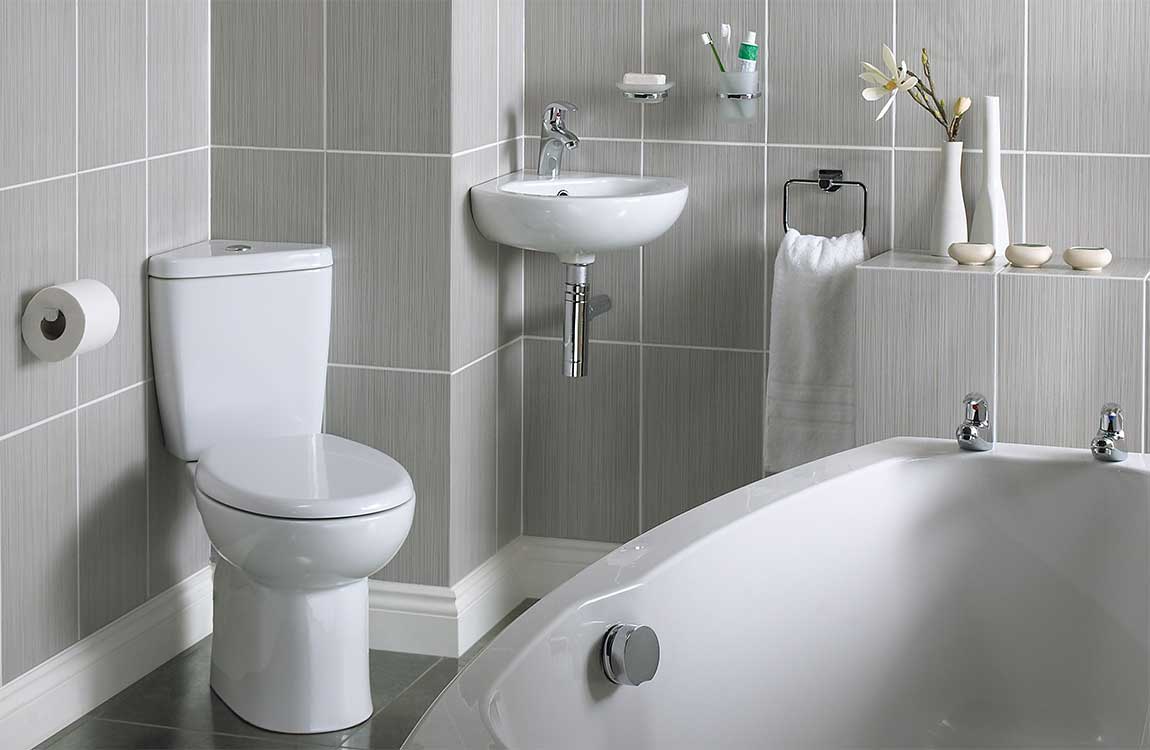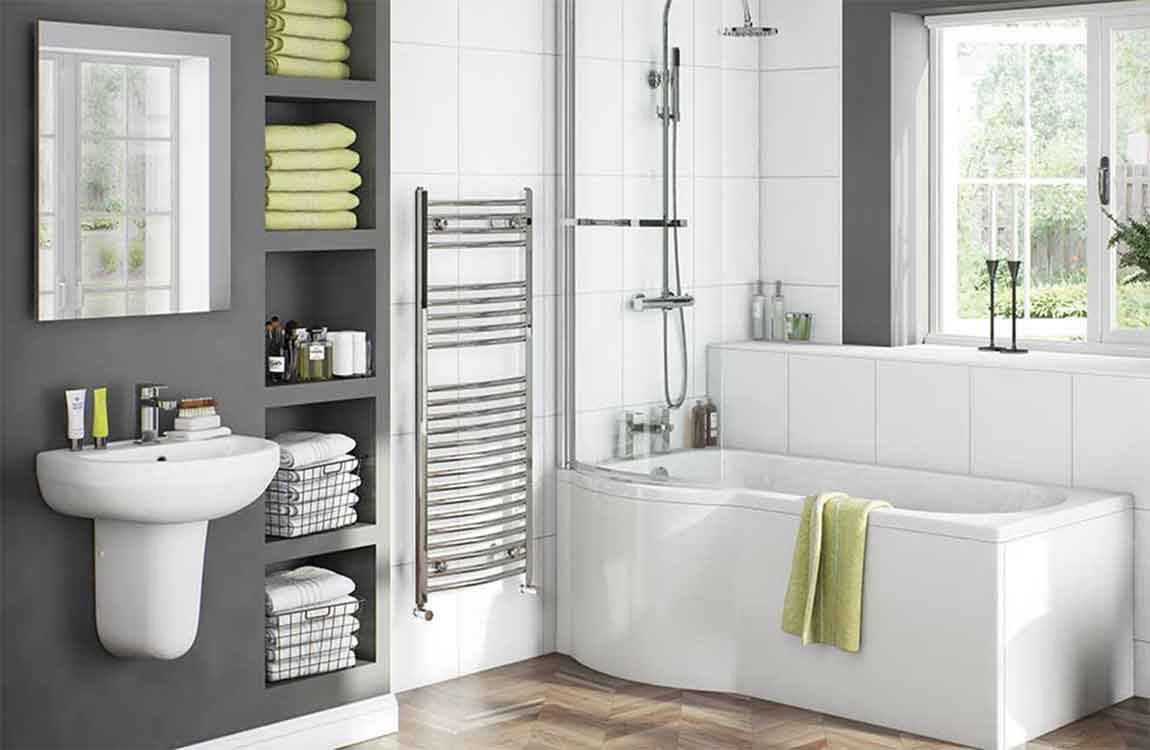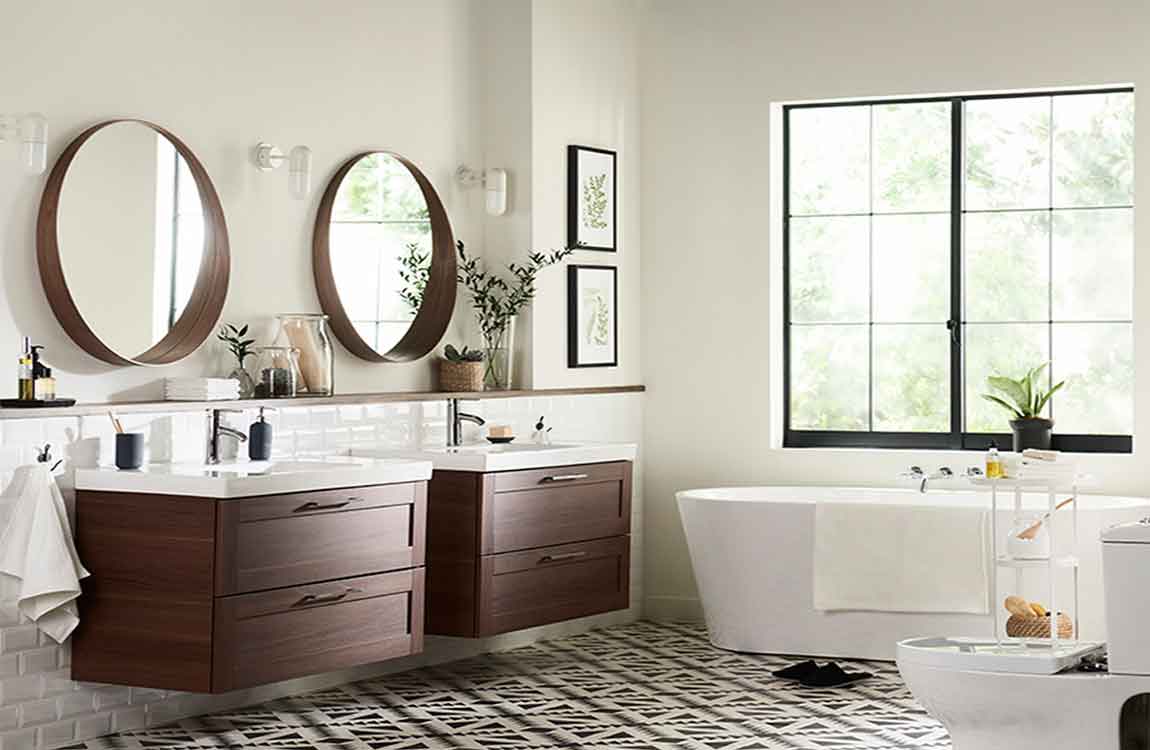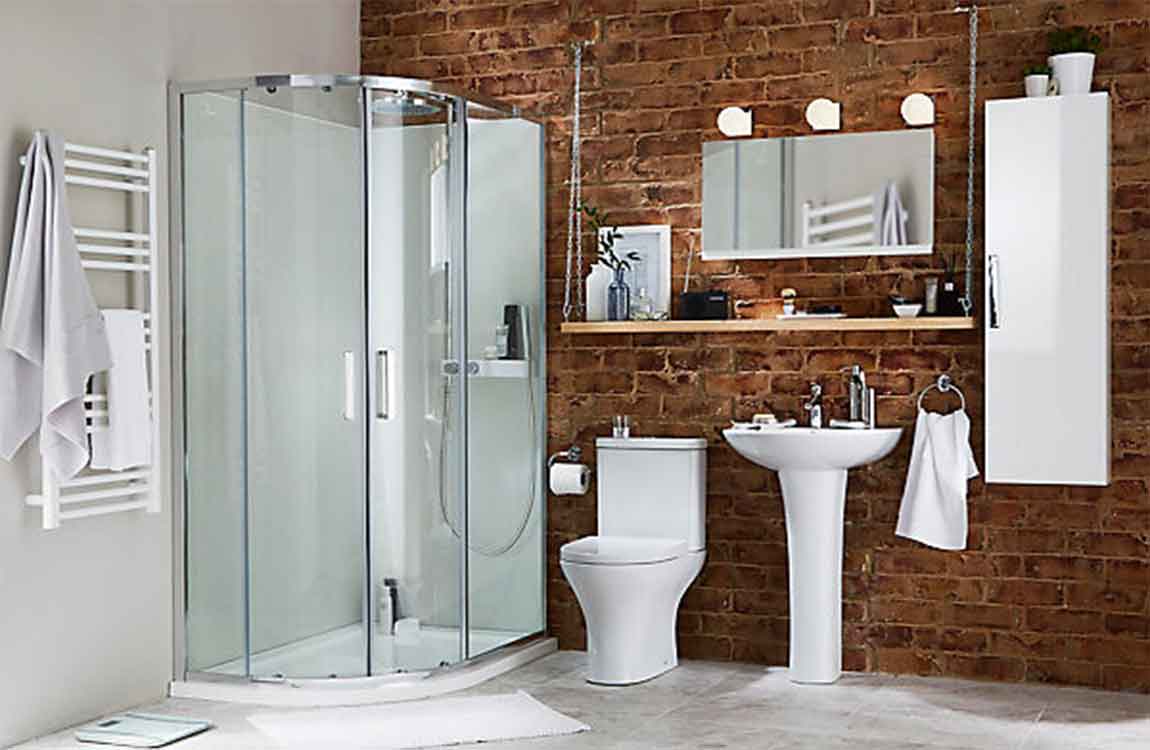How Doing Routine Shower Cleaning?
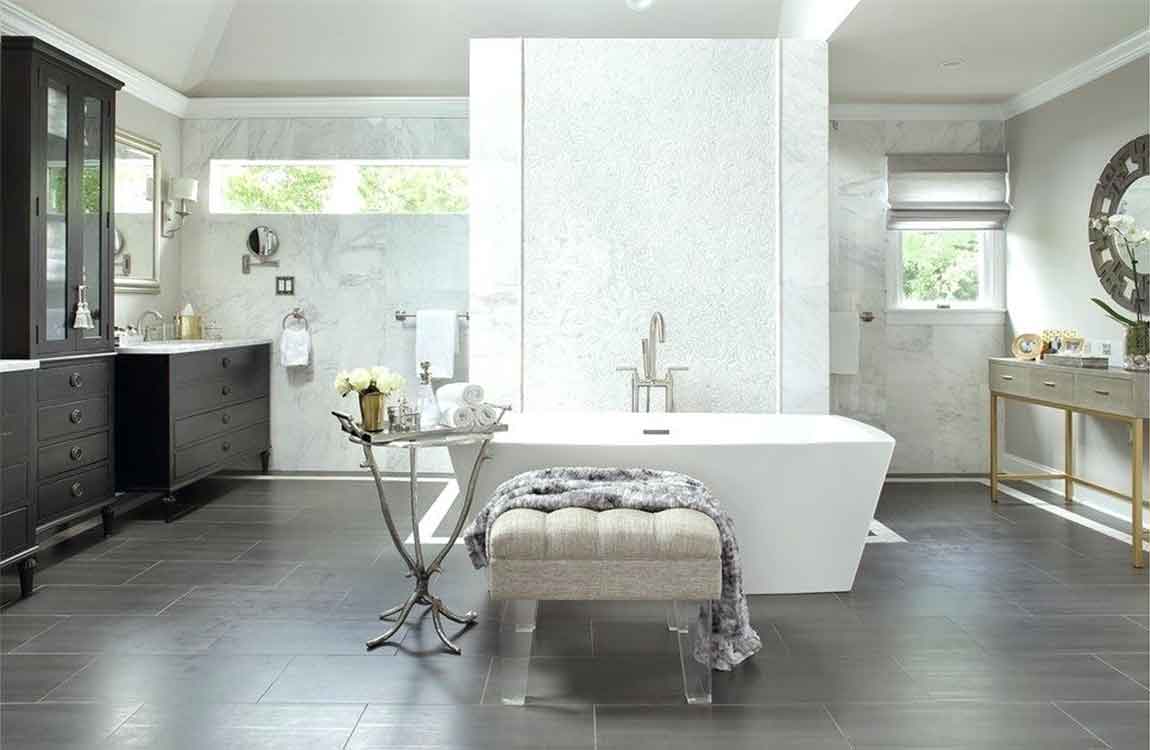
Clean your shower after you use it. The running water in your shower loosens surface dirt and softens soap residue on your travertine tiles. For optimal results, tackle shower cleaning after your shower has primed the tiles for you. Spray your wet tiles with a non-acidic soap scum remover. Travertine, like all limestones, is extremely sensitive to acids.

Use a non-acidic stone cleaner, such as Granite Gold Shower Cleaner or MB-3, and spray the travertine thoroughly from the top to the bottom. Let the cleaner sit on the stone for 10 minutes to begin dissolving any soap scum. Given travertine’s acid sensitivity, always avoid applying vinegars or other citrus cleaners.
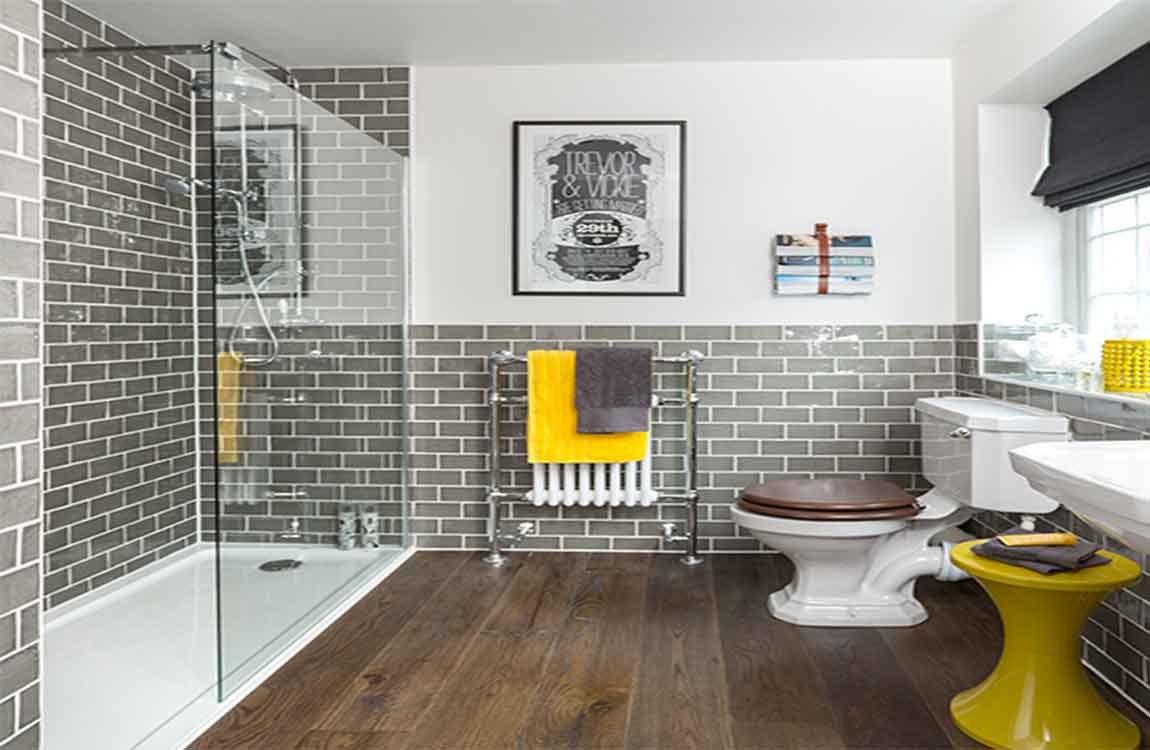
Use warm water to scrub the tiles. Fill a bucket with warm water, and begin scrubbing the tiles with it. Use a diamond-shaped brush to wash the entire top row of tiles, applying firm pressure to loosen soap scum. Progress to the next highest row, methodically working your way to the bottom row. This way, dirty water will run down on tiles you’ve yet to clean.

Focus particular attention on any surface holes in the travertine when cleaning, as they can collect soap scum. A diamond-shaped brush makes it easy to clean your shower’s innermost corners easily, but any shape is fine. Use a soft toothbrush to scrub grout.

Spray your grout with the non-acidic cleaner you used on the tile, and scrub each grout line back and forth with an old toothbrush. Focus your scrubbing on areas of mildew growth and discoloration. Many grout formulas contain acids and should not be used with travertine. If possible, use a toothbrush with softer bristles, as hard-bristled toothbrushes may etch the surface of the stone.

